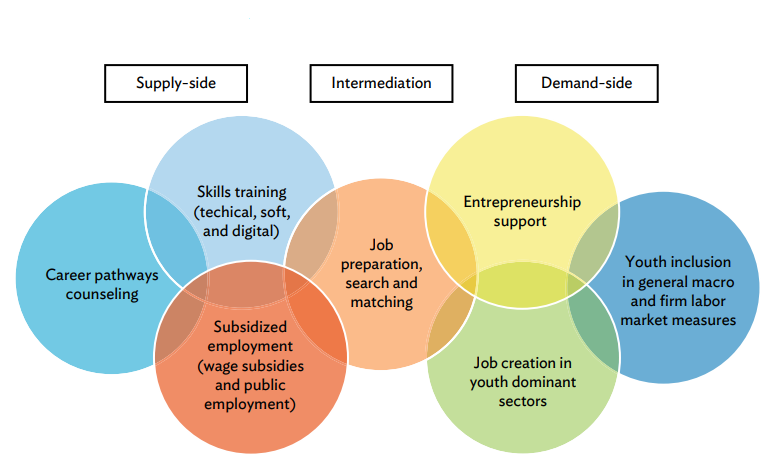In this Article
As part of the Sustainable Development Goals, the government must provide specific policy attention to youth employment to guarantee that young people, particularly vulnerable youth groups, can actively engage in the labor market.

Young individuals deal with complex situations and numerous limitations in their job search. While increasing aggregate demand proves to be the most effective method for enhancing job opportunities for all workers, vulnerable youth often find themselves left behind. They face additional drivers of disadvantage, including factors such as location, disabilities, gender, and informality. Youth-specific interventions are essential and work most effectively when incorporated into a multifaceted approach that includes supply-side, intermediation, and demand-side interventions

There are emerging policies and initiatives to support youth employment in response to a more profound knowledge of multidimensional and complicated situations. The creation of an integrated support ecosystem to promote youth employment is supported by policy considerations. The government has a crucial role in fostering positive youth labor market outcomes. The government must assist in building an enabling business environment to encourage demand for labor. Enough government capacity for youth employment policies, including (1) policy and institutional fundamentals of macroeconomic stability, (2) strong infrastructure, (3) effective financial, education, and health systems, and (4) the rule of law is an essential underlying prerequisite.
Governments can foster private sector engagement in policy making and job development, simplifying businesses’ startup and expansion processes, thereby increasing employment opportunities. The most effective cross-sector collaboration occurs when the public, private, and civil societies work together.
Reference:
Asian Development Bank. (2022). Youth Employment Support in Asia and the Pacific: What Works. Retrieved September 1, 2023 from




